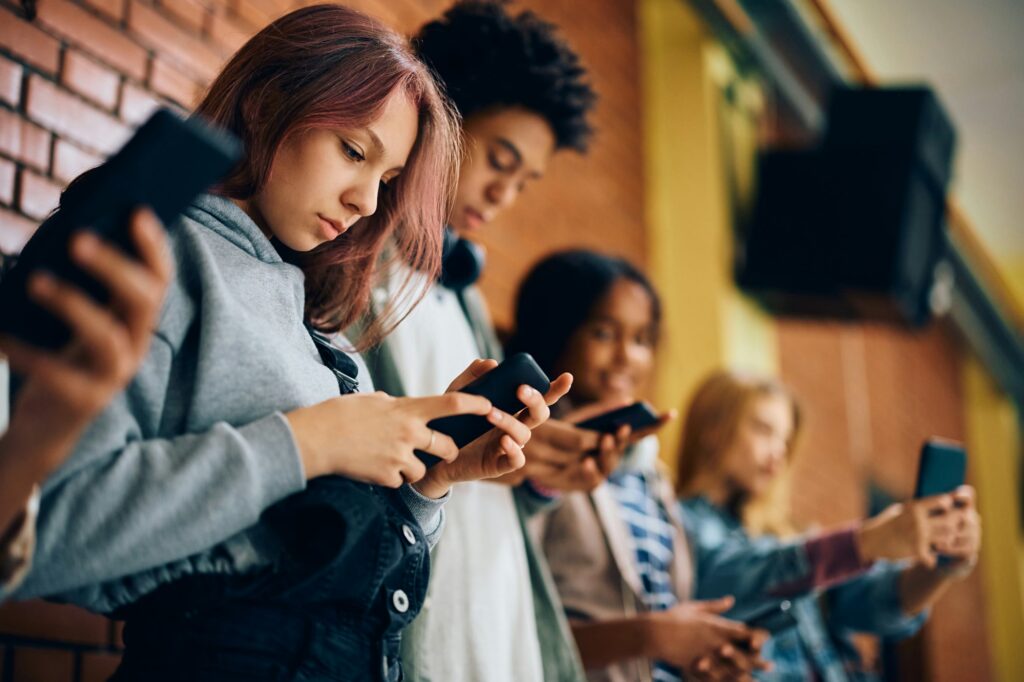Humans are wired to connect. We’re driven by the need to socialize and create personal connections. Typically, this consists of face-to-face relationships, like spending time with friends and family. Research even suggests that stable friendships have a positive effect on our well-being and longevity. However, with the rise of technology, many people rely on apps such as TikTok, Instagram, Snapchat, and X (formerly Twitter) as their source of connection. It’s possible that we have become too dependent on social media as our preferred form of socialization.
In 2023, it was estimated that there were about 4.9 billion social media users (roughly 60% of the population) worldwide. On average, a “typical” user spends 145 minutes on social media each day. By the end of the week, this would equate to almost seventeen hours on social media, and seventy-one hours by the end of the month. In total, the average user spends about 869 hours on social media per year.
For teenagers, the statistics are even more concerning. According to Forbes, a survey conducted in 2023 found that over half of US teens spend a minimum of four hours on social media daily, with an average of nearly five hours each day. Using the same time comparison, this equates to about 1,825 hours of social media use per year for teens aged 13-19.
As the numbers continue increasing, social media becomes more and more addictive. When we share a post and gain digital attention through likes and comments, the reward center of our brain is activated and releases a “feel-good chemical” called dopamine. But when a post doesn’t get the engagement we expected, the opposite happens—our sense of adequacy and self is impacted. To resolve these feelings, we continue posting until that area of our brain is activated again. This leads to a never-ending cycle of posting, seeking a dopamine hit, either being pleased or disappointed, and posting again.
The more dopamine we release, the more “highs” we have. But with extreme highs also come extreme lows. Because of this, it’s easy to become addicted to social media by scrolling through an endless loop of short-form videos and constantly posting. With every extra minute we spend on our phones, we dig a deeper hole for ourselves. Excessive use of social media can lead to depression, social anxiety, disrupted sleep, and other complications.
So how do we stop?
Take a break from social media. Putting up your screens and disconnecting from social media for a period of time, often called a “digital detox,” is proven by research to have many benefits. Find healthy sources of dopamine: listening to music, increasing exercise, reading, or adopting a new hobby are all things that activate the reward center of your brain without picking up your phone.
Although social media has its place in the modern world, moderation is key. The next time you feel tempted to open an app on your phone and scroll mindlessly, ask yourself the question, “is this actually fulfilling?” You just may find out that reality has more to offer than a screen.





